Geography
Phitsanulok province covers some 10,584.5 sq. km. The riverside provincial capital is 377 km. North of Bangkok. Phitsanulok is situated on the geographical and administrative line uniting the central and northern regions. Phitsanuloke, located in Central Northern Thailand is a modern city. Ideal as a stepping stone for the Northern visitors attractions including Sukothai.
Phitsanulok was the birthplace of King Naresuan the Great of Ayuthaya (reign : 1590 - 1605), and his brother Prince Ekathosarot. Phitsanulok has long been an important center for political and strategic reasons. Phitsanulok was a major center of recruitment when Ayuthaya waged war with Burma, and was the capital of Thailand for 25 years during the 1448-1488 reign of Ayuthaya’s King Boromtrailokanat.
The climate of Phitsanulok is generally hot and humid. It borders with Uttaradit in he North, Pichit in the south, Loei and Phetchabun in the East, Kamphaeng Phet and Sukhothai in the West. Covering an area of 10,815.8 sq.km., the province is divided into 9 Amphoes : Muang , Bang Rakam , Nakhon Thai , Phrom Priram , Wat Bot - BangKrathum , Chat Trakan , Noen MaPrang , Wang Thong
City Attraction
Wat Phra Si Rattana Mahathat his monastery commonly called by the inhabitants as "Wat Yai" is the most important monastery of Phitsanulok, the home of the famous Phra Buddha Chinnarat. It is located at the foot of Naresuan Bridge on the city side of the river.The monastery was built in the reign of Phra Maha Thamma Racha I (Phraya Lithai) In 1357 A.D. It houses the Phra Buddha Chinnarat regarded as the most beautiful Buddha image in Thailand. It is cast in the attitude of subduing evil. Later, in 1631, King Ekatosarot graciously bestowed some of his gold regalia to be beaten into gold - plate and applied them to the image worth his own hands, creating its most beautiful Buddha image. There are many other beautiful and noteworthy items in the monastery compound. The mother - of - pearl inlaid wooden doors of Vihara are especially splendid, and were built by King Boromkot in 1756 as a dedication to phra Buddha Chinarat. Behind the Vihara, there is a large Prang 36 meters high, with a staircase leading up to the niche containing the Buddha relics. In front of the Prang, there is Phra Attharos, and on the 9 room Vihara slope. There remains only the newly-renovated Buddha image.
Wat Ratchaburana nad Wat Nang Phya Is located on the eastern bank of the Nan river, near Wat Phra Si Rattana Mahathat to the south. These two monasteries, assumed to be built when Phitsanulok City was ruled by King Boromtrailokanat, have linking compounds. Wat Nang Phya has temple or bot but it is known for the so-called "Phra Nang Phya" votive tablets special fine form of the 3-head nagas decorated on their eaves.
King Naresuan the Great Shrine The shrine is located in the compound of the Phitsanulok Phittayakom school, and depicts the seated king ceremoniously declaring Ayuthaya's independence from Burma. The shrine was constructed on the site of the Channdra Palace where King Naresuan was born in 1555.
Nakhon Sawan Province
Nakhon Sawan Province, also known as Pak Nam Pho is where the rivers of Ping, Wang, Yom, and Nan converge and form the Chao Phraya River, the most important waterway of Thailand.Nakhon Sawan is in the lower northern part of the country between the North and the Central Region. It is regarded as the doorway to the North and it is the hub of transportation in the Lower North.BoundaryNakhon Sawan is situated on the bank of the Chao Phraya River. It has a total area of about 9,597 square kilometers and is 237 kilometers from Bangkok. It borders the following provinces: - North borders : Kamphaeng Phet and Phichit
- East borders : Phetchabun and Lop Buri
- West borders : Tak
- South borders : Uthai Thani, Chai Nat, Sing Buri, and Lop Buri
The province is divided into 13 Amphoe (districts) and 2 King Amphoe (sub-districts) :
- Amphoe Muang
- Amphoe Krok Phra 18 kilometers from the city
- Amphoe Phayuha Khiri 25 kilometers from the city
- Amphoe Banphot Phisai 35 kilometers from the city
- Amphoe Kao Liao 20 kilometers from the city
- Amphoe Lat Yao 40 kilometers from the city
- Amphoe Tha Tako 50 kilometers from the city
- Amphoe Chum Saeng 39 kilometers from the city
- Amphoe Nong Bua 71 kilometers from the city
- Amphoe Tak Fa 70 kilometers from the city
- Amphoe Ta Khli 85 kilometers from the city
- Amphoe Phaisali 65 kilometers from the city
- Amphoe Mae Wong 94 kilometers from the city
- King Amphoe Chum Ta Bong 70 kilometers from the city
- King Amphoe Mae Poen 83 kilometers from the city
How to get there
By Car
From Bangkok, take Highway No. 1 (Phahon Yothin Road) to Km. 52 then Highway No. 32 (Asian Highway) past Phra Nakhon Si Ayutthaya, Ang Thong, Sing Buri, Chai Nat, and Uthai Thani into Nakhon Sawan. The total distance is about 240 kilometers.
By Bus
There are several regular and air-conditioned buses running daily between Bangkok and Nakhon Sawan. For more information, please contact the Northern Bus Terminal (Mo Chit), tel. 66 2279 4484-7 (air-conditioned).
By Train
The Northern Line runs many times a day from Bangkok through Nakhon Sawan and ends in Chiang Mai. For more information, please contact the Travel Service Division at tel. 66 2223 7010, 66 223 7020




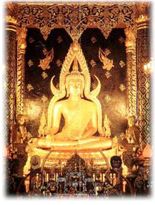
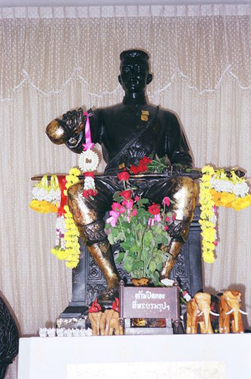

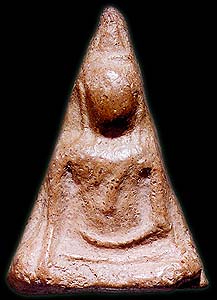
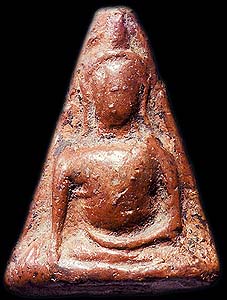
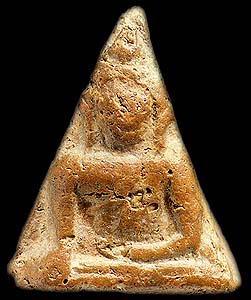
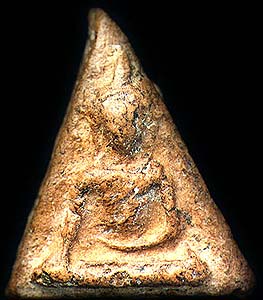
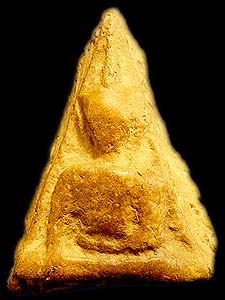
No comments:
Post a Comment